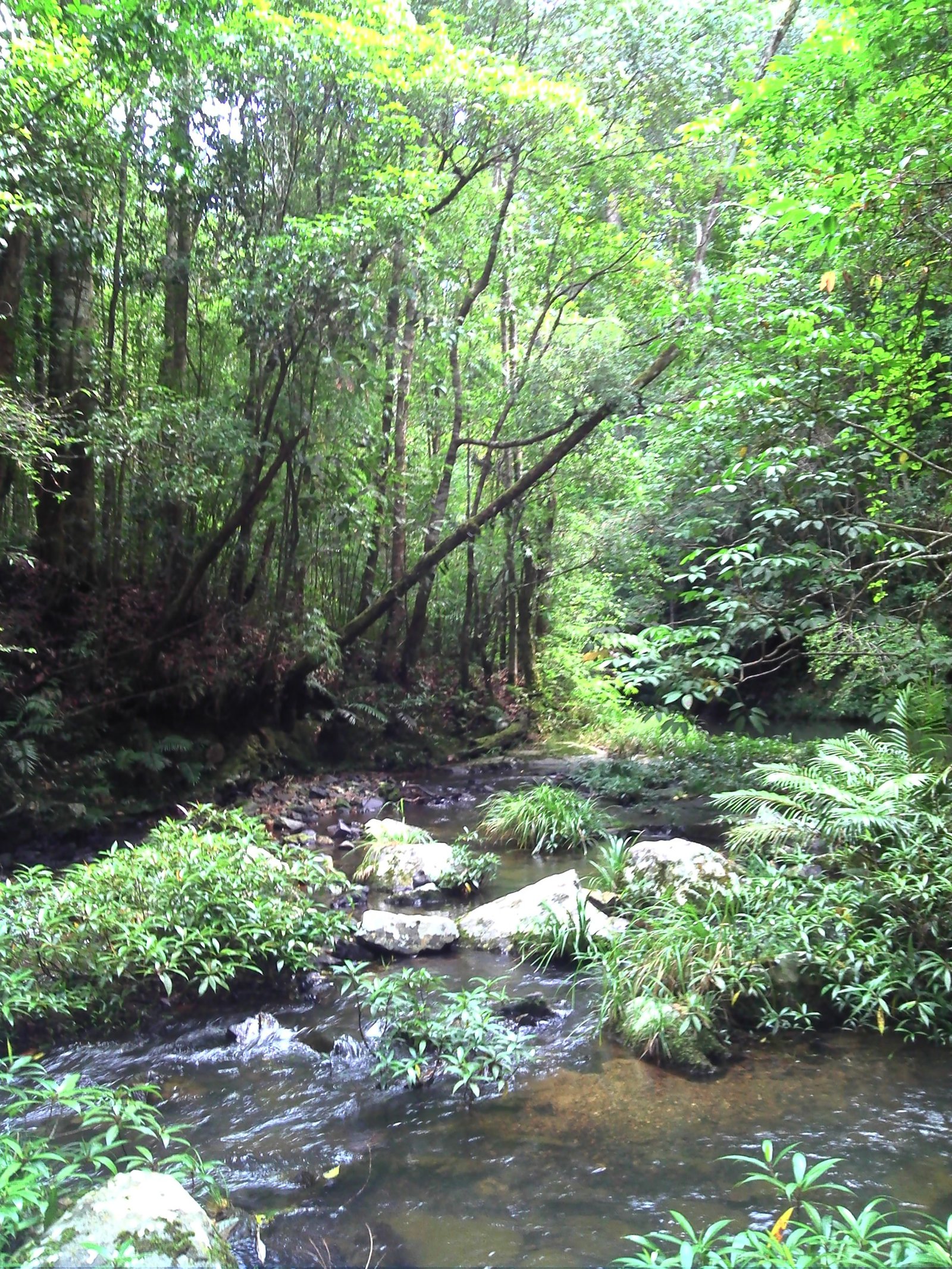What does a frog eat when the forest disappears?

Morafka’s frog (Odorrana morafkai), Vietnam.
Image: Duong T.T. Le© Duong T.T. Le
Amphibians are amongst the most threatened taxa on earth, with over 40% of all species threatened with extinction. One of the biggest threats facing amphibians is deforestation, and in order to conserve this highly threatened group of animals, it is necessary to understand how they respond to habitat disturbance. To gain a glimpse into the impacts of deforestation, we studied a forest-dwelling frog in Vietnam. We found that even though the species is a dietary generalist and habitat disturbance did not influence its diet, it may not be able to persist in highly disturbed forests.
Morafka’s Frog (Odorrana morafkai) is a stream-breeding, forest-dwelling species known from Cambodia, Laos and Vietnam. Males and females of the species have remarkably different body sizes, with males up to 4.6 cm and females to 10.3 cm! Although currently widespread and relatively abundant at specific, forested sites, habitat loss and collection of the species for human food are likely to be resulting in population declines.

Relatively undisturbed stream in Bidoup-Nui Ba National Park, southern Vietnam.
Image: Duong T.T. Le© Duong T.T. Le
We surveyed for the species at 45 sites in forest of varying disturbance levels (undisturbed, moderately disturbed and highly disturbed sites) and examined its diet using stomach flushing. In total, we detected 239 frog individuals. The vast majority were found in habitats with relatively little disturbance, and only 11 were found in highly disturbed sites.
We revealed that Morafka’s Frog is a dietary generalist, eating a huge variety of prey. In total, we identified 28 prey types eaten by the species, primarily invertebrates. In the rainy season, beetles (Coleoptera) and grasshoppers and crickets (Orthoptera) were dominant in the diet of the species, while butterflies and moths (Lepidoptera) were dominant in the dry season. Surprisingly, we did not detect any impact of habitat disturbance on the diet of Morafka’s Frog- they ate essentially the same things in undisturbed versus highly disturbed sites. This is likely because prey availability in the environment did not differ among sites.

Stream in disturbed habitat in Bidoup-Nui Ba National Park, southern Vietnam.
Image: Duong T.T. Le© Duong T.T. Le
Despite our finding, the very low number of Morafka’s Frog detected in highly disturbed habitats suggests that the species may require relatively undisturbed forest habitat, despite it having characteristics that would appear to make it a rather tolerant species- a generalist feeding strategy and presumed high mobility (given their relatively large body size, especially in females).

Morafka’s frog (Odorrana morafkai), Vietnam.
Image: Jodi Rowley© Jodi Rowley
Our study provides a window into the impact of an increasing threat, habitat disturbance, on forest-dependent amphibian species. Research on the effects of habitat changes on feeding and life history of amphibian species may provide valuable information in developing conservation strategies for frog species in the context of global amphibian declines.
Le Thi Thuy Duong, Dr Tran Thi Anh Dao, Prof. Hoang Duc Huy
Faculty of Biology and Biotechnology, University of Science, Vietnam National University-HCMC
Dr Jodi Rowley
Curator of Amphibian & Reptile Conservation Biology, Australian Museum & UNSW Sydney.
More information:
The diet of a forest-dependent frog species, Odorrana morafkai (Anura: Ranidae), in relation to habitat disturbance. Amphibia-Reptilia, https://doi.org/10.1163/15685381-20191171.

